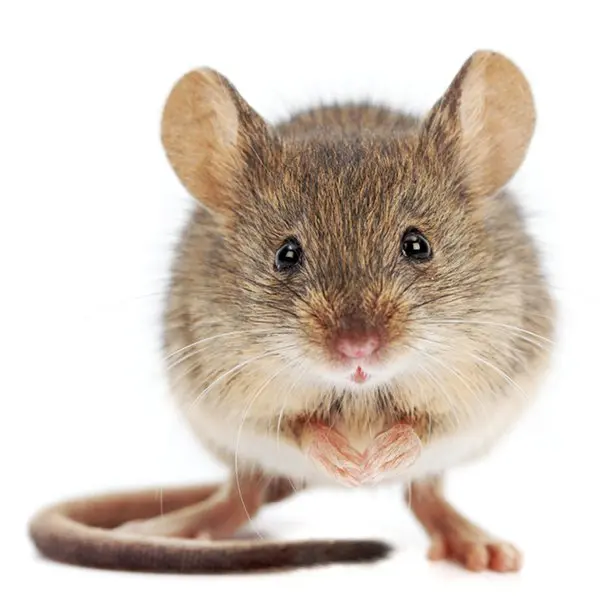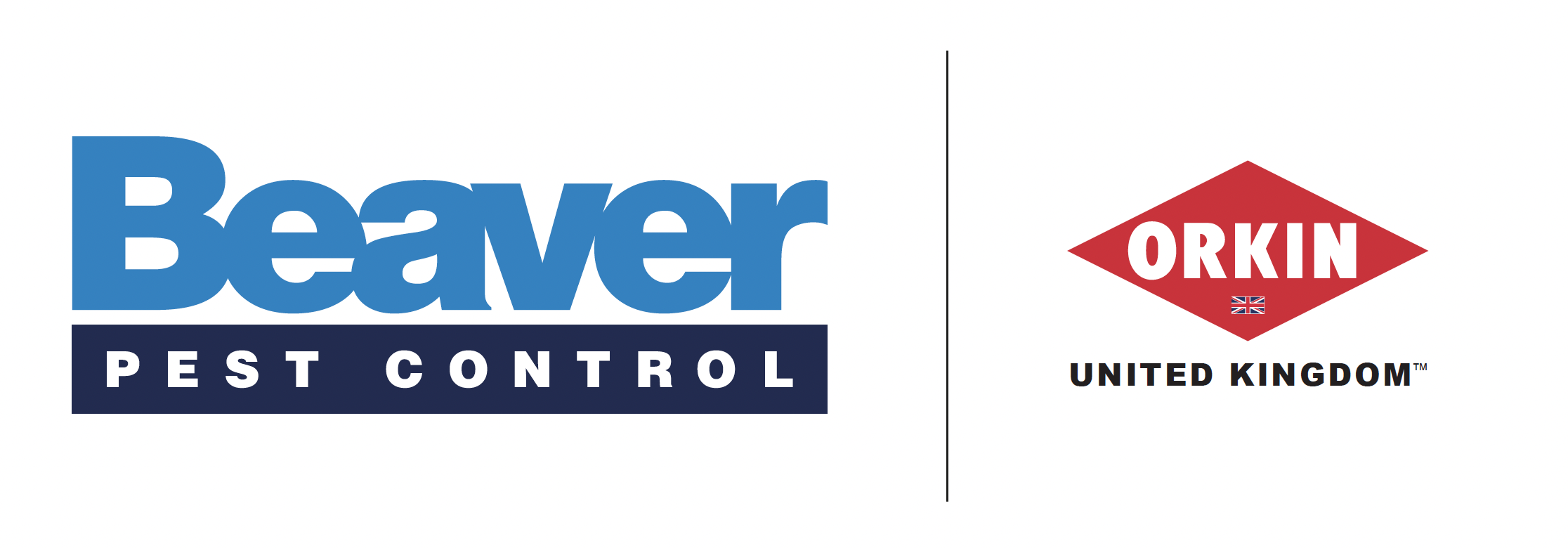Let's talk about your pest problem. Call Beaver Pest Control on 020 8355 3443 #
A-Z of Pests: Mice #
Beaver Pest Control are one of the leading expert pest control companies in the UK. We deal with mice in homes and businesses daily. We aim to help homes and businesses with pest control needs as well as ensure people understand the importance of mouse control.
Why mouse control is important? #
The House Mouse (Mus Musculus) is well adapted to living among humans and exploring the environments that humans create. It is mainly a house dweller and is the most common type of mouse found in urban and rural buildings. The House Mouse is considered a pest because of its adverse effect on human populations. Mice are known to be susceptible and carry a number of diseases such as; Weil’s disease, Lyme disease, Salmonellosis and more. There is also a large impact on food production, one study suggested between 12 – 14% of food produced worldwide was contaminated by rodents.
Types of mice in the UK #
Mus Musculus: House Mouse
Apodemus Sylvaticus: Wood Mouse or Lond-tailed Field Mouse
Apodemus Flavicollis: Yellow-necked Field Mouse
The House Mouse (Mus Musculus) is mainly found inside buildings. It does not compete well with small external mammals like wood mice. They avoid wet or damp conditions and prefer dry conditions. They are able to survive in cold conditions if the surroundings are dry and there is access to nesting materials.
Appearance #
House mice are variable in colour from grey/dark grey to almost black. The length of the tail is around 80% of the length of the head and body of the mouse. The underside of the mouse may be slightly lighter but not as much as you would find in wood mice.
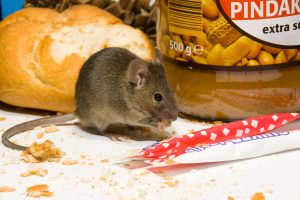
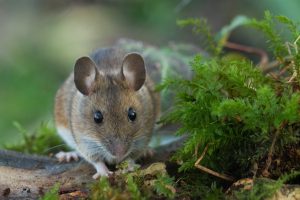
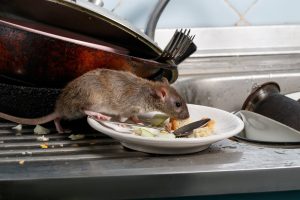
Behavioural characteristics of mice #
House Mouse (Mus Musculus)
These mice tend to forage locally depending on food, cover and the presence of other species, especially in urban areas. Unlike rats, who exhibit neophobia (a fear of new objects introduced to their environments), mice, investigate new objects and food sources rapidly. There has been more recent evidence of mice exhibiting a degree if neophobia, especially in food premises. Whether this is a learned response or genetically based is still unclear.
Food and feeding behaviour #
House mice are relatively indiscriminate when it comes to food choice. In urban environments, they will eat many of the same foods as humans. They will consume around 3-4g of food per day and will eat small amounts of food from a large number of different locations.
House mice require very little water and will use the moisture from food to regulate if no water sources are available.
Mating and lifespan #
House mice are relatively indiscriminate when it comes to food choice. In urban environments, they will eat many of the same foods as humans. They will consume around 3-4g of food per day and will eat small amounts of food from a large number of different locations.
House mice require very little water and will use the moisture from food to regulate if no water sources are available.
House Mouse | |
|---|---|
Sexually Mature | 5 – 6 weeks |
Gestation Period | 19 – 20 days |
Litter Size (average) | 5 – 8 |
Weaning Period | 21 – 23 days |
Signs and traces #
Sightings are one of the obvious signs of an infestation although can’t reliably indicate how extensive the infestation is. Generally speaking, sightings during the daytime may indicate a large infestation is present.
Dropping are a great indicator of what type of rodent you are dealing with. House mouse droppings are generally 3-7 mm in length and may often be spindle shaped. House mice will produce around 80 droppings per day.
Bat droppings may look very similar to house mouse droppings. To differentiate, bat droppings will usually crumble easily and contain mostly insect fragments. House mice droppings will remain in tact.
In areas with long-term habitation, the house mouse will create urine pillars as part of its territory-marking behaviour. These pillars are made over time from urine, dirt, grease and dust.
Footprints and tail swipes may be seen through fine substances such as flour, chalk or dust. Pest controllers often use luminous tracking dust to identify areas mice are most active.
Due to the way buildings are constructed, numbers dead spaces are available for house mice to make nests. A small or young moue can access spaces via a gap that is 5mm or more. As mice are good climbers this gives them ample opportunity to find undisturbed nesting locations in most buildings.
The biological need to gnaw for rodents often gives away their presence in buildings. They will use their teeth to gain access to food and other packaged goods. They will also gnaw on the fabric of the buildings to maintain the health of their teeth which can lead to electrical fire hazards and structural damage.
Resistance #
Resistance to rodenticides in house mice (Mus Musculus) is a growing concern in the UK. Pesticides have been widely used for decades to control mice across the UK. Over time, genetic mutations in mice have allowed them to resist certain baits. There are pockets of resistance across the UK, but London in particular is facing an uphill battle when it comes to dealing with mouse populations. A map showing the resistance pockets is being collated using data provided by pest control technicians in the field.
